Despite the ceasefire, Israel has resumed airstrikes into Lebanon, the most significant cross-border airstrike since a US-brokered ceasefire between Israel and Hezbollah in Lebanon took effect in November 2024.
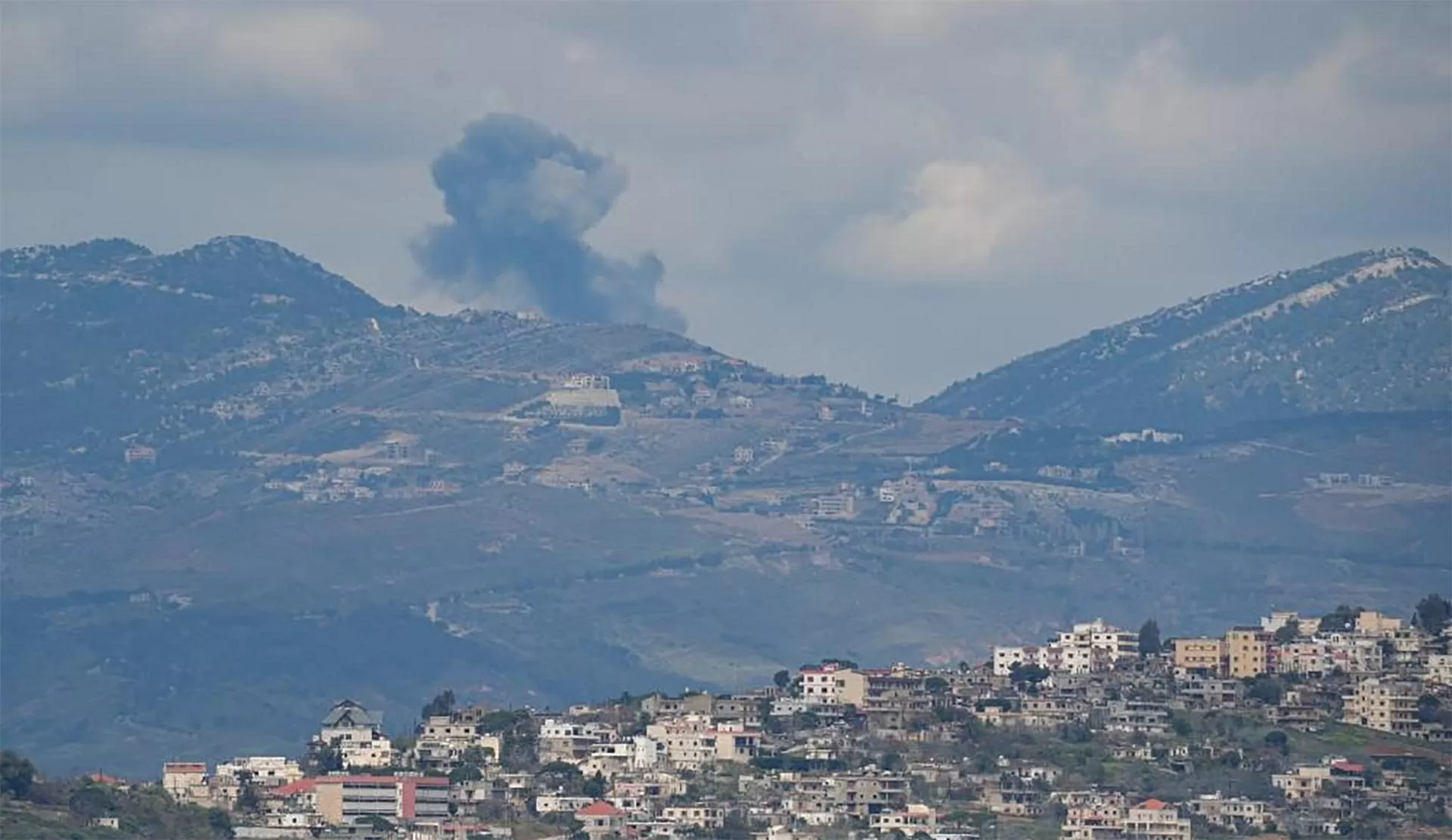 |
| Smoke rises after Israeli airstrikes in southern Lebanon, seen from the Israeli border, March 22. (Source: THX) |
On the surface, the Israeli airstrikes appeared to be retaliation for rockets fired into Israel from southern Lebanon, which Israeli Prime Minister Benjamin Netanyahu blamed on Hezbollah. But things were not that simple.
Under the terms of the ceasefire, Hezbollah must withdraw north of the Litani River and dismantle all its military infrastructure in southern Lebanon. Israel, in turn, must withdraw across the Green Line, the border between Israel and Lebanon drawn by the United Nations after the 2000 conflict.
The commitment is clear on paper, but when it comes to specifics, each side seeks to interpret it in the way that best suits their interests. While Israel insists that the ceasefire requires Hezbollah to completely disarm throughout Lebanon, Hezbollah argues that it must only disarm in a limited way south of the Litani River.
In the absence of trust, neither side is serious about implementing the ceasefire. Israel still occupies five positions it considers “strategic” in southern Lebanon. Some Hezbollah cells are secretly holding out south of the Litani River.
Moreover, cross-border attacks are a measure that both sides are trying to implement to assert their power. These new moves endanger the fragile ceasefire between Israel and Hezbollah, and may even push Lebanon back into war.
Along with renewed Israeli attacks in the Gaza Strip, the standoff between Israel and Hezbollah in southern Lebanon shows that the lull in the Middle East brought on by ceasefires is almost over. The risk of a new spiral of violence is clear.
Source: https://baoquocte.vn/trung-dong-trong-vo-ng-xoay-bao-luc-309003.html


![[Photo] Summary of parade practice in preparation for the April 30th celebration](https://vstatic.vietnam.vn/vietnam/resource/IMAGE/2025/4/11/78cfee0f2cc045b387ff1a4362b5950f)

![[Photo] Phuc Tho mulberry season – Sweet fruit from green agriculture](https://vstatic.vietnam.vn/vietnam/resource/IMAGE/2025/4/10/1710a51d63c84a5a92de1b9b4caaf3e5)
![[Photo] Looking back at the impressive moments of the Vietnamese rescue team in Myanmar](https://vstatic.vietnam.vn/vietnam/resource/IMAGE/2025/4/11/5623ca902a934e19b604c718265249d0)


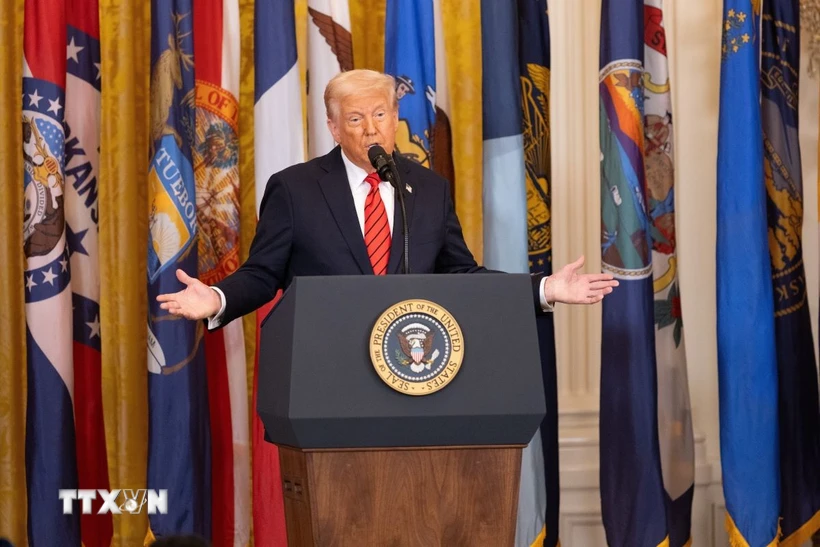

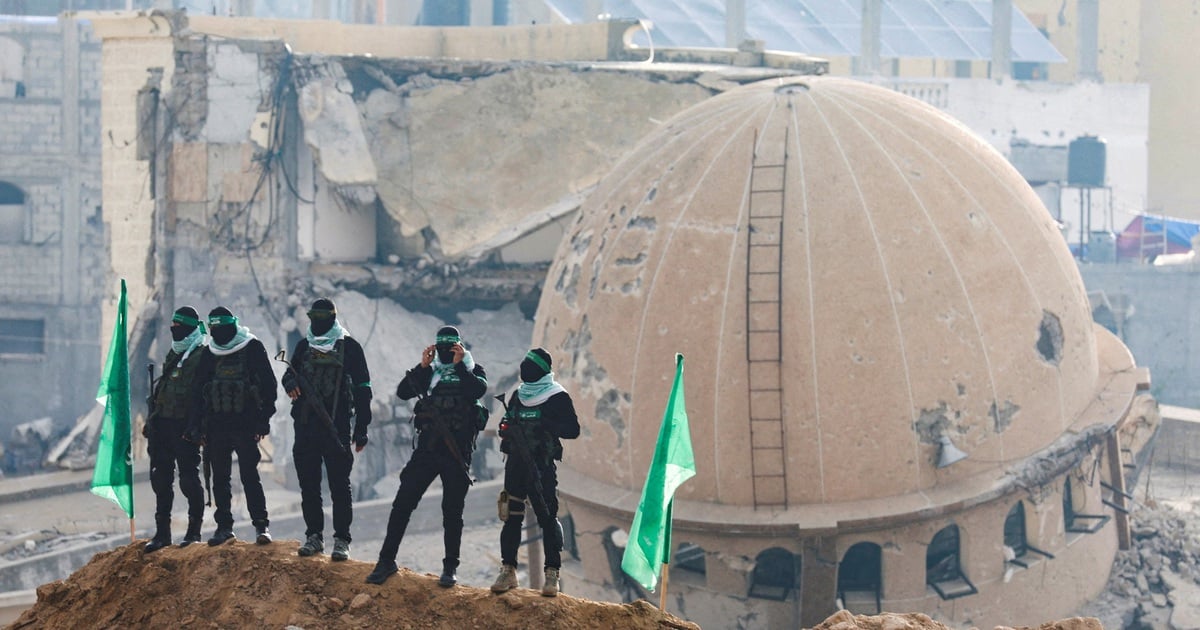


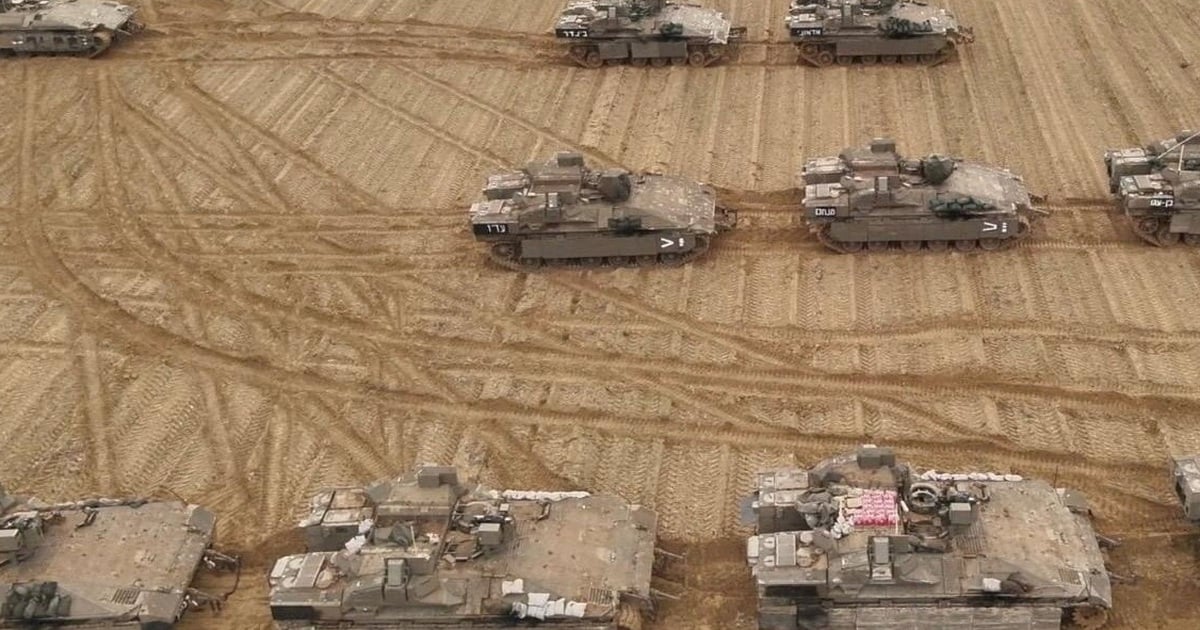
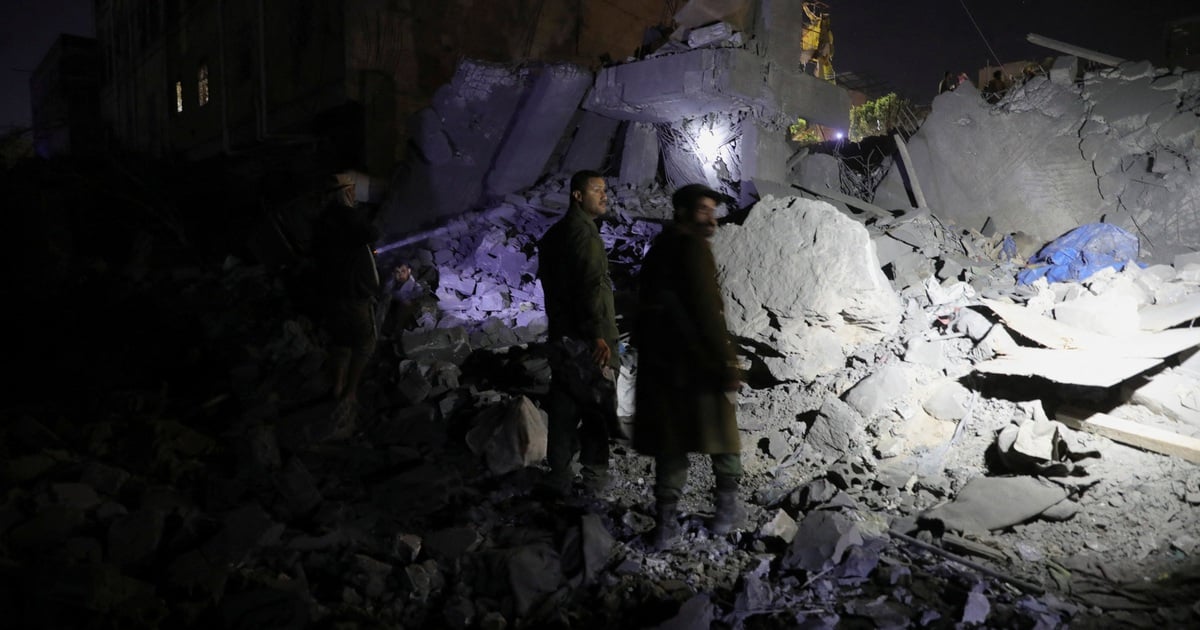






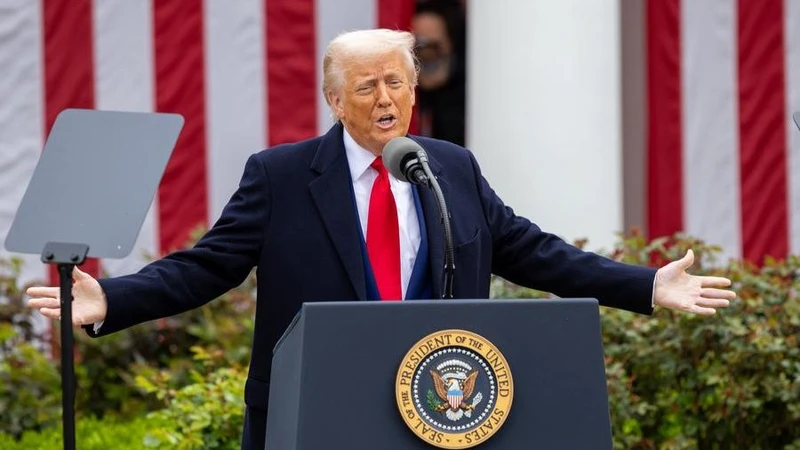









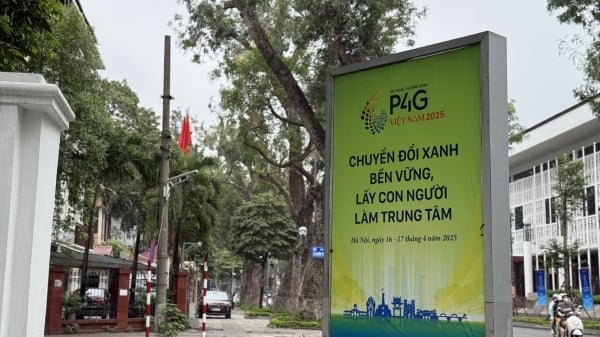
![[Photo] Prime Minister Pham Minh Chinh chairs meeting to discuss tax solutions for Vietnam's import and export goods](https://vstatic.vietnam.vn/vietnam/resource/IMAGE/2025/4/10/19b9ed81ca2940b79fb8a0b9ccef539a)








































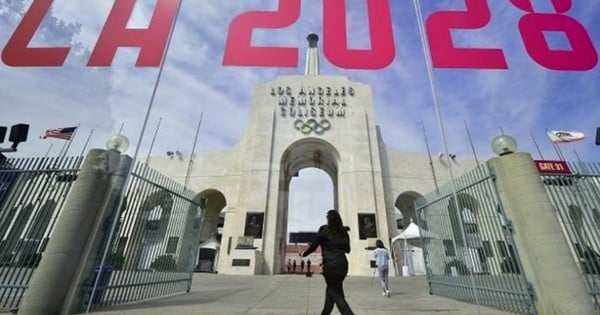











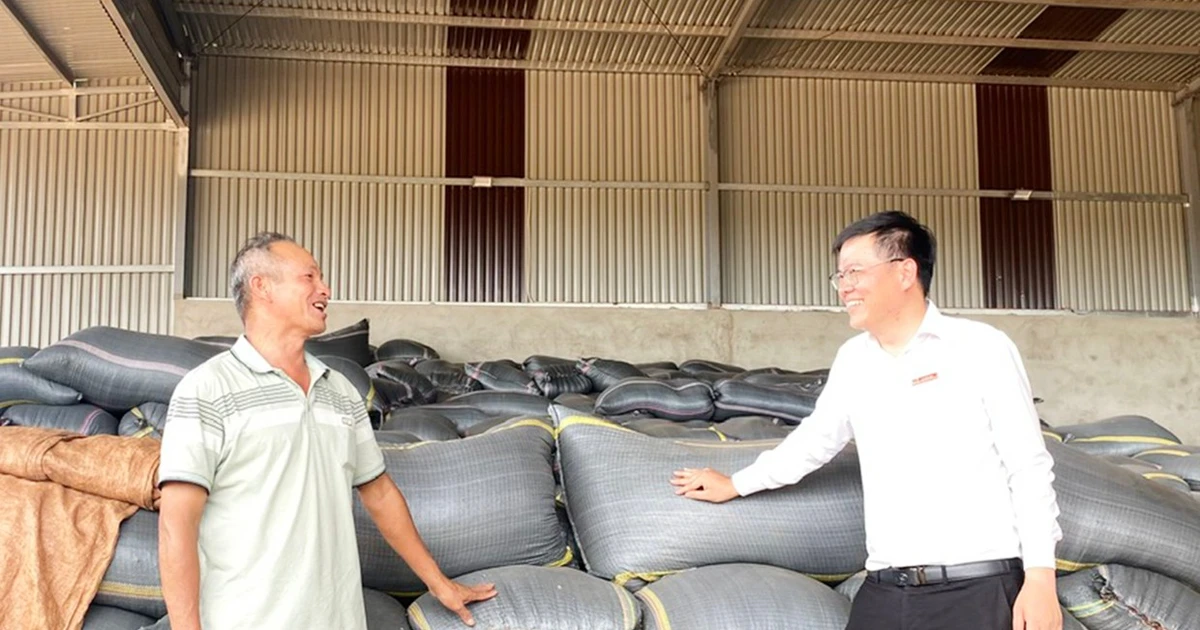












Comment (0)